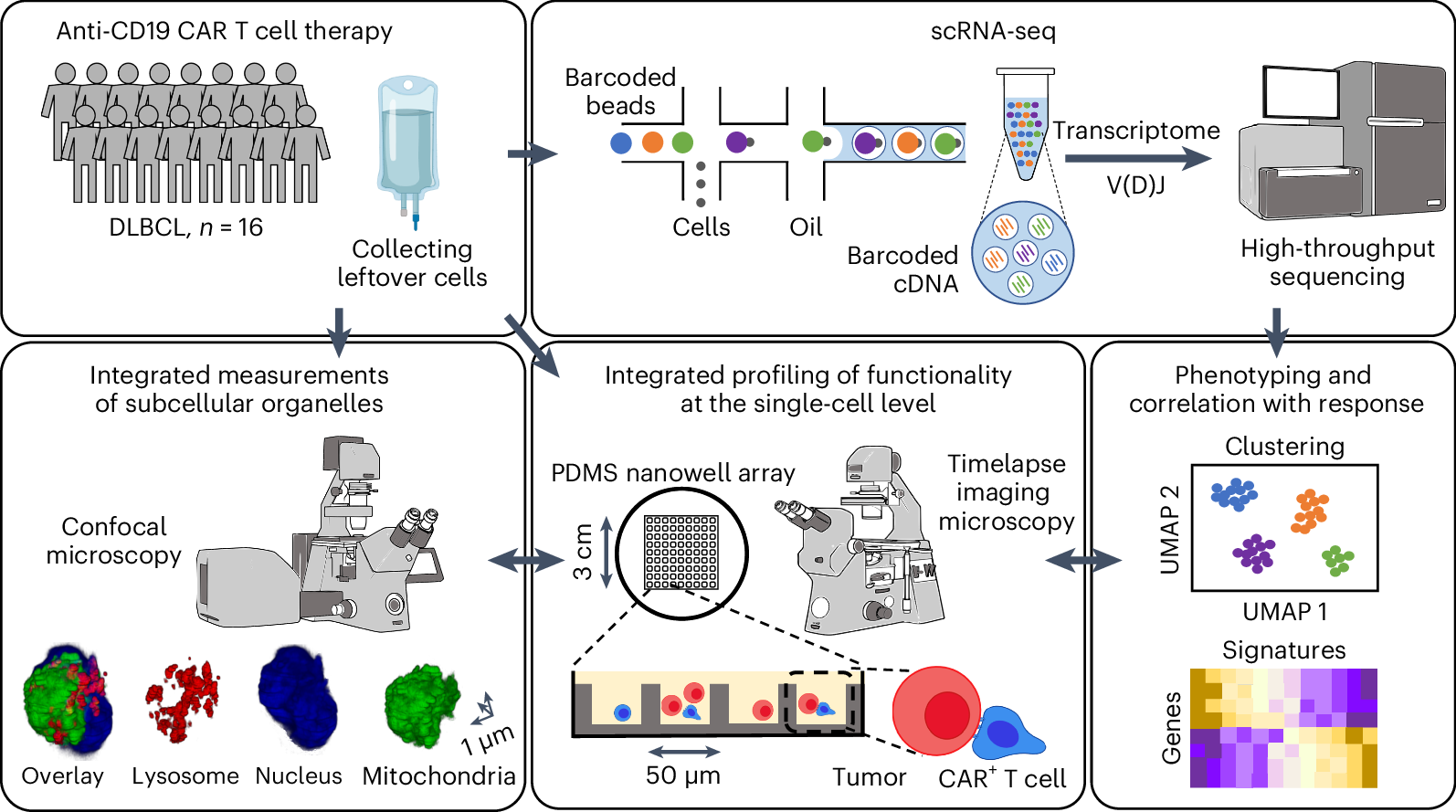"Informed AI News" is an AI-curated publications aggregation platform, ensuring you access only the most valuable information, with the aim of eliminating the information gap and transcending the confines of information cocoons. Find out more >>
Enhanced T-Cell Therapy for Cancer Treatment: A Scientific Breakthrough
- summary
- score


Researchers at the University of Houston, led by Navin Varadarajan, have identified a novel subset of T cells, termed CD8-fit, which significantly enhances the effectiveness of T-cell therapies in cancer treatment. These cells exhibit superior mobility and continuous killing capabilities, traits that correlate with positive clinical outcomes.
The team employed a patented technique called TIMING, which uses visual artificial intelligence to analyze cell behavior, movement, and killing efficiency. By integrating this method with single-cell RNA sequencing, they uncovered molecular signatures unique to CD8-fit T cells. These signatures are not only present in pre-manufactured T cells but also persist post-infusion, directly linking them to prolonged, beneficial clinical responses.
This discovery, published in Nature Cancer, could revolutionize personalized T-cell therapies, potentially improving treatment outcomes for various cancers. The research underscores the potential of T-cell immunotherapy, a method that harnesses the patient's immune system to target and eliminate cancer cells.
Key Terms Explained:
- T Cells: A type of white blood cell that plays a central role in the immune system, capable of identifying and destroying infected or cancerous cells.
- CD8-fit T Cells: A specialized subset of T cells with enhanced abilities to move and kill cancer cells.
- TIMING (Nanopore Grating TIMed Imaging Microscopy): A microscopy technique that uses artificial intelligence to visually assess cell functions.
- Single-Cell RNA Sequencing: A method that allows scientists to analyze the RNA of individual cells, providing insights into their genetic activity and function.
This breakthrough not only advances our understanding of T-cell behavior but also paves the way for more targeted and effective cancer treatments.
| Scores | Value | Explanation |
|---|---|---|
| Objectivity | 5 | Content is fairly objective, with balanced reporting on scientific findings. |
| Social Impact | 4 | Content has sparked strong social discussion in the medical and scientific communities. |
| Credibility | 5 | Content is completely credible, with solid evidence from authoritative sources. |
| Potential | 6 | Content has extremely high potential to lead to significant changes in cancer treatment. |
| Practicality | 5 | Content is extremely practical, with potential for wide application in cancer treatment. |
| Entertainment Value | 2 | Content is slightly monotonous for general audiences but informative for medical professionals. |